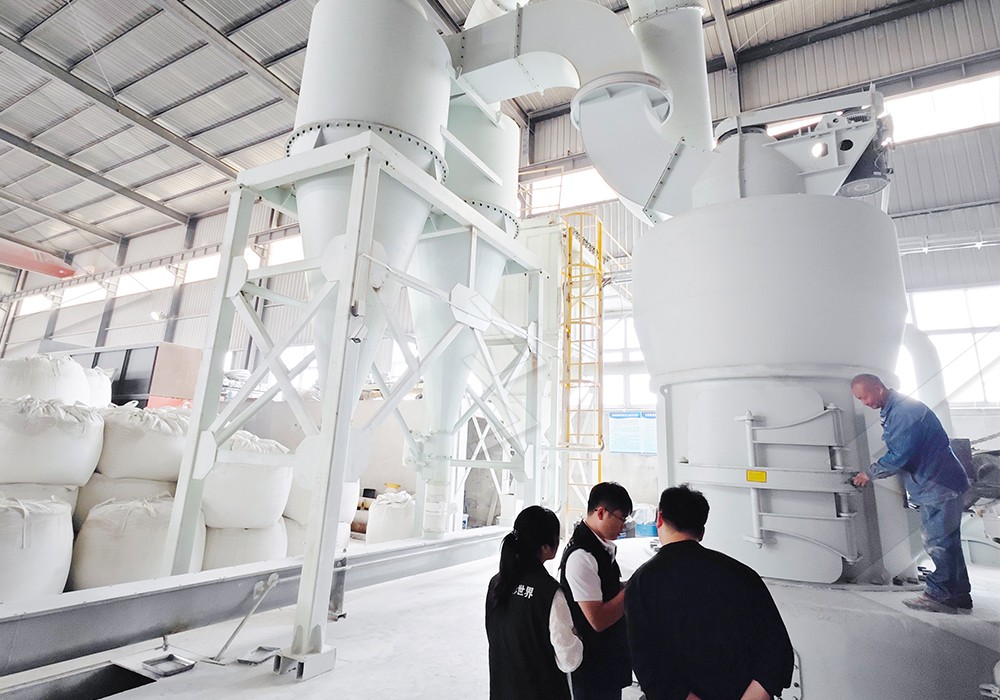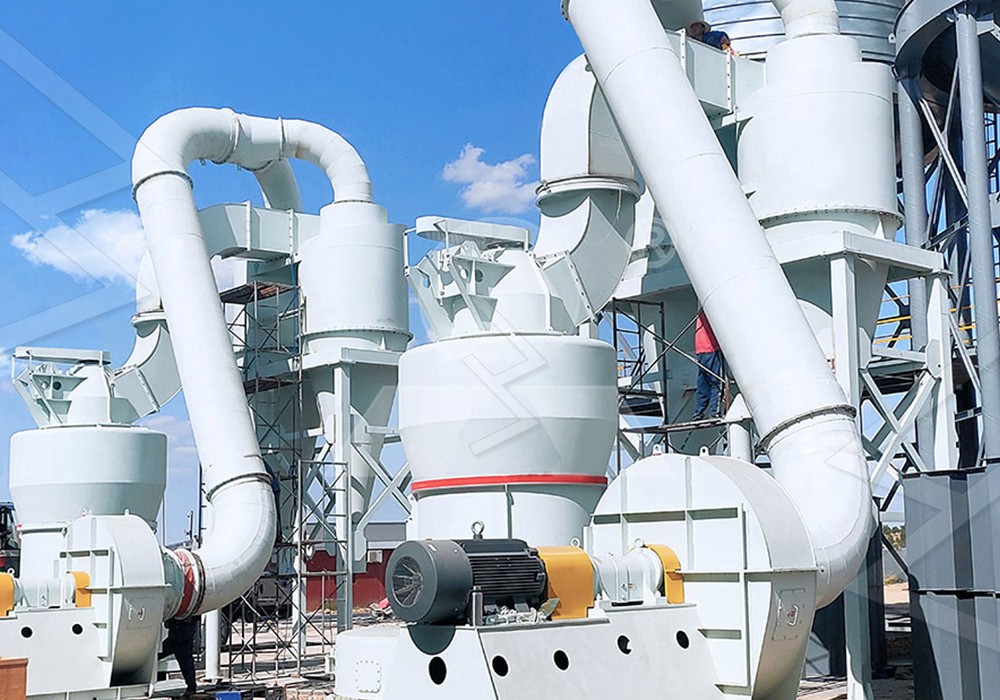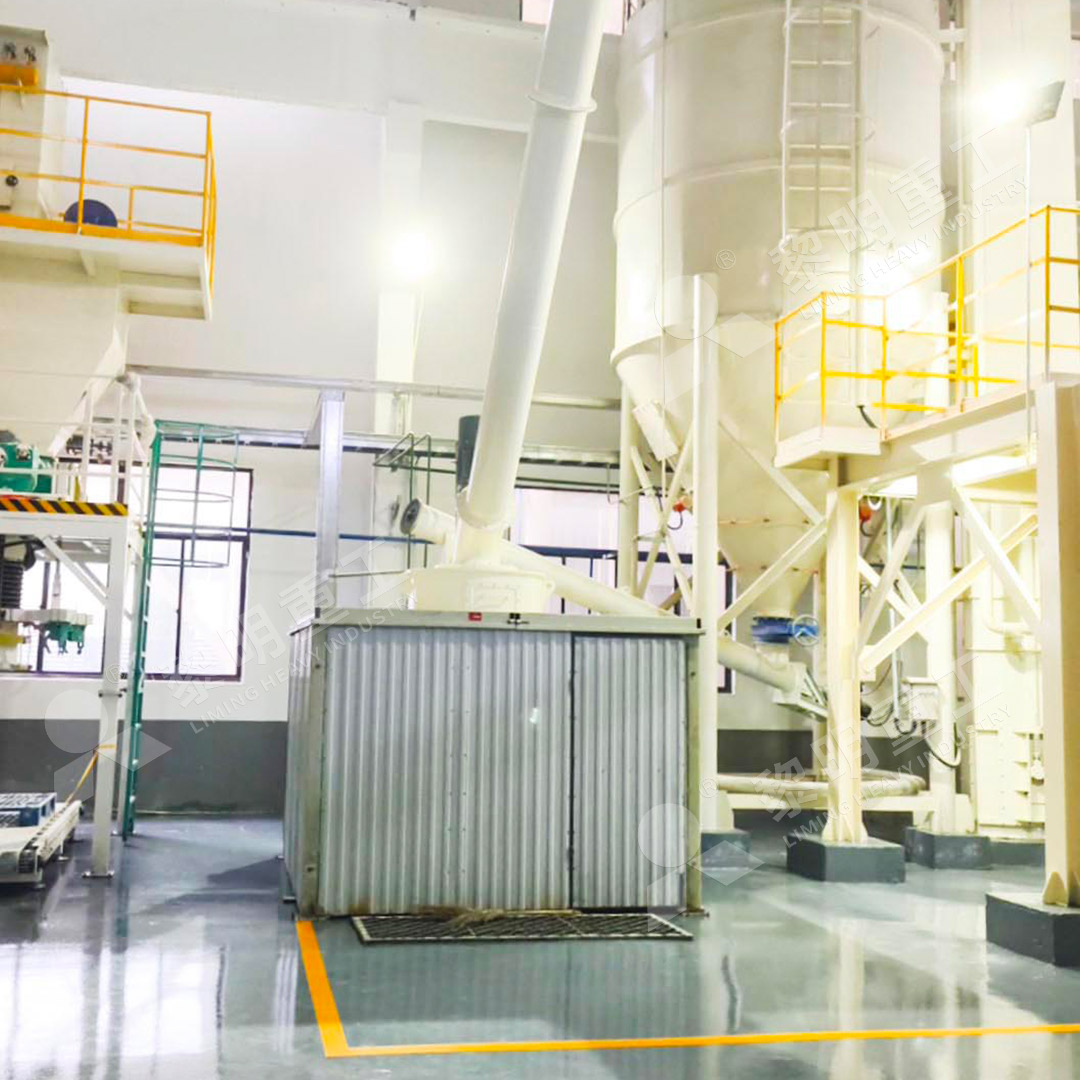How to Design a Ball Mill Foundation: A Step-by-Step Guide
How to Design a Ball Mill Foundation: A Step-by-Step Guide
Designing a proper foundation for a ball mill is a critical step in ensuring the long-term reliability and efficiency of your grinding operation. A poorly designed foundation can lead to excessive vibration, misalignment, premature wear, and even catastrophic failure. This guide will walk you through the essential steps, from initial site assessment to final commissioning.
Step 1: Site Investigation and Soil Analysis
Before you even put pen to paper, a thorough geotechnical investigation of the proposed site is absolutly essential. You need to understand the soil’s bearing capacity, composition, and water table level. This data will dictate the size, depth, and type of foundation required. Ignoring this step is a recipe for settlement and instability.

Step 2: Determining Dynamic Loads
A ball mill isn’t a static piece of equipment. It generates significant dynamic loads from the rotation of the drum and the tumbling action of the grinding media. Your foundation design must account for these forces. Calculate the total weight of the mill, including the media and charge, and use this to determine the dynamic load factors. This is where experienced engineering judgment is crucial.
Step 3: Foundation Design and Reinforcement
The foundation block must be massive enough to absorb vibrations and provide stability. A general rule of thumb is that the foundation mass should be at least 2.5 to 3 times the mass of the mill itself. Reinforced concrete is the standard material. The design must include ample steel rebar to handle the tensile stresses and prevent cracking. Ensure proper anchoring points are cast in place for bolting down the mill.

Step 4: Considering Auxiliary Equipment and Future Maintenance
Don’t design the foundation in isolation. Consider the space needed for ancillary equipment like feeders, conveyors, and motors. Crucially, leave adequate space around the mill for future maintenance activities, such as liner replacement or bearing inspections. Planning for this access from the beginning will save immense time and cost later.
Step 5: Pouring, Curing, and Alignment
The pouring of the concrete must be a continuous operation to avoid weak joints. After pouring, the concrete must cure properly—a process that can’t be rushed. Once cured, the precise alignment of the mill on the foundation is paramount. Use precision levelling instruments to ensure the trunnions are perfectly level and aligned. This prevents uneven wear on gears and bearings.
Exploring Modern Grinding Alternatives
While ball mills are workhorses, modern mineral processing often demands finer grinding with higher efficiency. For operations requiring ultra-fine powder, our MW Ultrafine Grinding Mill presents a superior alternative. It’s engineered for customers who need to make ultra-fine powder between 325-2500 meshes. A key advantage is its higher yielding and lower energy consumption; its capacity is 40% higher than jet mills and double that of a ball mill, while using only 30% of the energy. Its design, with no rolling bearings or screws in the grinding chamber, eliminates common failure points and allows for external lubrication without shutdown, enabling continuous 24/7 production. It’s an ideal solution for materials like limestone, calcite, and talc, offering a more compact and environmentally friendly footprint with its integrated efficient pulse dust collector.

Conclusion
A well-designed ball mill foundation is an investment in the future of your plant. It ensures operational stability, reduces maintenance downtime, and protects your capital investment. By following these steps meticulously and consulting with structural engineers, you can build a foundation that will support your grinding operations reliably for decades to come. For high-capacity, coarse grinding applications where a ball mill is still the right choice, also consider our robust LM Vertical Grinding Mill, which integrates crushing, drying, grinding, and classifying, reducing its footprint by 50% and energy consumption by 30-40% compared to traditional ball mills.
